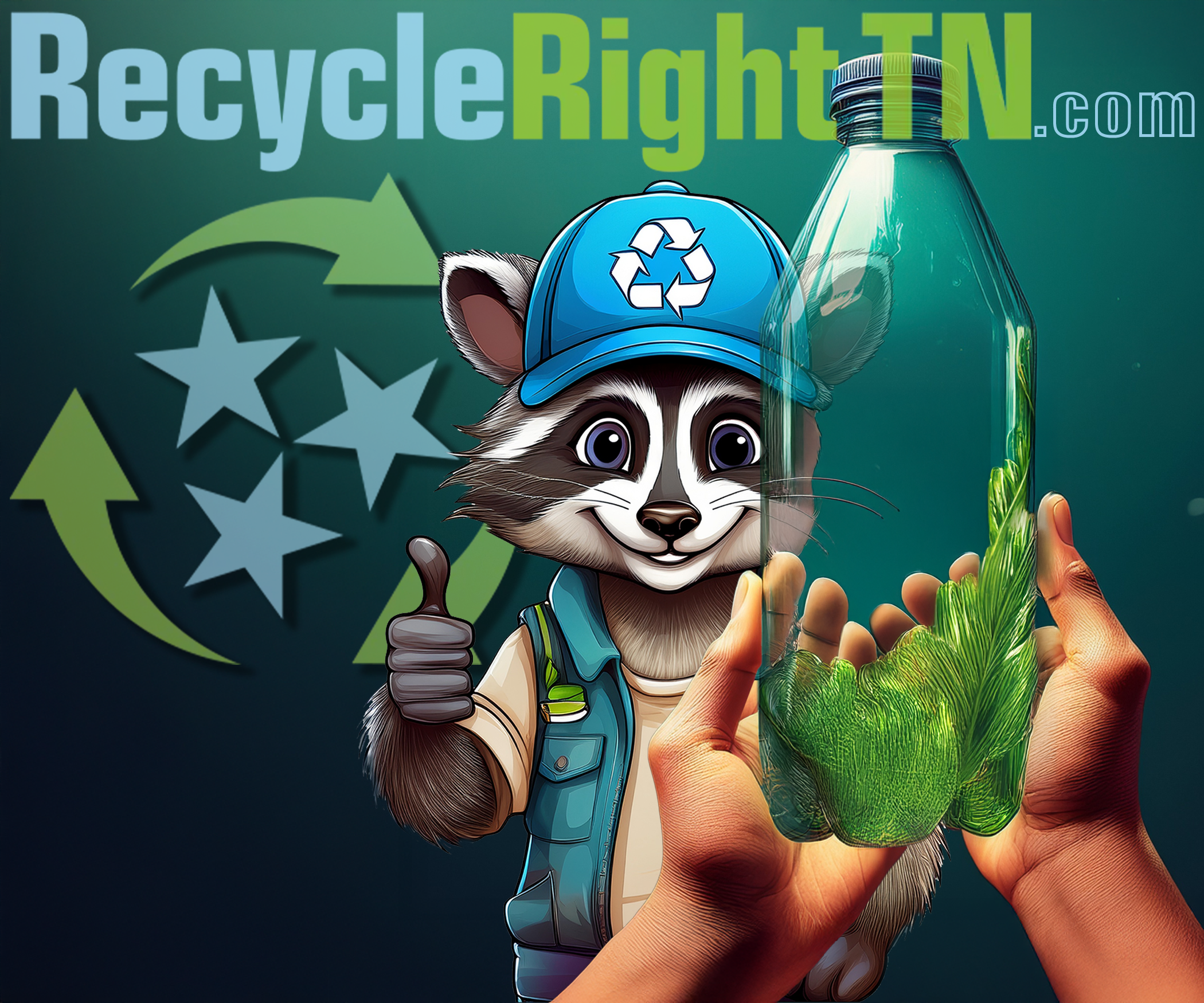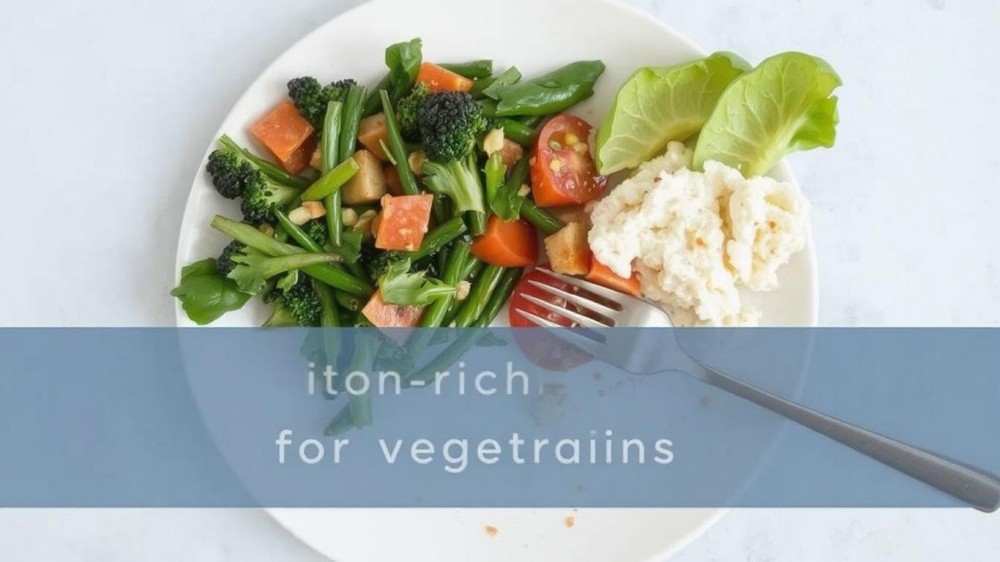Iron deficiency is one of the most common nutritional problems worldwide, especially for vegetarians. Without proper planning, a plant-based diet may sometimes fall short in providing enough iron. However, with the right choices, vegetarians can easily meet their iron requirements and maintain optimal health. Including the principles of a sattvic diet food chart can also ensure a balanced intake of iron and other vital nutrients.
Why Iron is Essential
Iron plays a crucial role in transporting oxygen throughout the body via hemoglobin in the blood. It also supports energy production, cognitive function, and a strong immune system. Iron deficiency can lead to anemia, fatigue, weakened immunity, and impaired cognitive development.
There are two types of dietary iron:
-
Heme Iron: Found in animal products, more readily absorbed.
-
Non-Heme Iron: Found in plant-based sources, absorption can be enhanced with certain practices.
Top Iron-Rich Foods for Vegetarians
1. Legumes:
-
Lentils: One cup of cooked lentils provides about 6.6 mg of iron.
-
Chickpeas: Excellent in salads, soups, and curries.
-
Black beans, kidney beans, and soybeans: All rich in iron and protein.
2. Green Leafy Vegetables:
-
Spinach: Half a cup of cooked spinach offers around 3.2 mg of iron.
-
Kale, swiss chard, and collard greens are also excellent choices.
3. Nuts and Seeds:
-
Pumpkin seeds: 1 ounce provides around 2.5 mg of iron.
-
Sesame seeds, hemp seeds, and cashews are also high in iron.
4. Whole Grains:
-
Quinoa: A great gluten-free grain that offers about 2.8 mg of iron per cooked cup.
-
Oats and fortified cereals can also be excellent sources.
5. Tofu and Tempeh:
Made from soybeans, these versatile protein sources are rich in iron and can be easily incorporated into daily meals.
6. Dried Fruits:
-
Apricots, raisins, prunes, and figs offer concentrated amounts of iron and are great as snacks or toppings.
Enhancing Iron Absorption
Since plant-based iron (non-heme) isn’t absorbed as efficiently as heme iron, vegetarians should focus on enhancing absorption:
-
Vitamin C Intake: Consuming vitamin C-rich foods like oranges, strawberries, bell peppers, and tomatoes along with iron-rich meals can significantly increase absorption.
-
Avoiding Inhibitors: Limit intake of coffee, tea, and calcium-rich foods during meals as they can hinder iron absorption.
-
Cooking Tips: Using cast-iron cookware can increase the iron content of foods.
Sample Sattvic Diet Food Chart for Iron
| Meal | Foods |
|---|---|
| Morning | Warm lemon water (Vitamin C), soaked almonds |
| Breakfast | Moong dal chilla with spinach stuffing |
| Mid-morning | Fresh orange juice, pumpkin seeds |
| Lunch | Quinoa salad with chickpeas, kale, and bell peppers |
| Snack | Dried apricots and raisins |
| Dinner | Tofu stir-fry with broccoli and sesame seeds |
By following a sattvic diet food chart, which emphasizes pure, nutritious, and minimally processed foods, vegetarians can not only meet their iron needs but also support overall physical and mental well-being.
Signs of Iron Deficiency to Watch For
-
Chronic fatigue
-
Pale skin
-
Shortness of breath
-
Dizziness
-
Cold hands and feet
-
Frequent infections
If you notice these symptoms, it’s essential to consult a healthcare provider for appropriate testing and treatment.
Conclusion
A vegetarian diet, when thoughtfully planned, can be rich in iron and supportive of excellent health. By incorporating diverse sources like legumes, leafy greens, nuts, seeds, whole grains, and iron-enhancing foods, vegetarians can easily avoid deficiencies. The sattvic diet food chart serves as a helpful guide to structure daily meals that are balanced, nutrient-rich, and deeply nourishing. With awareness and simple dietary adjustments, maintaining adequate iron levels is entirely achievable, ensuring long-term vitality and well-being.













